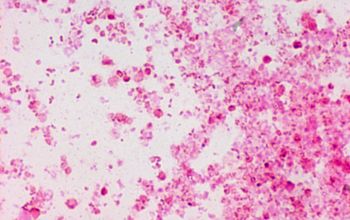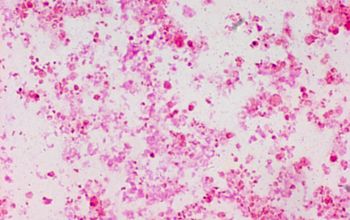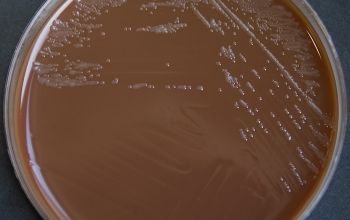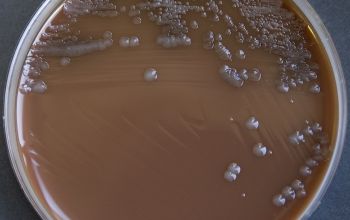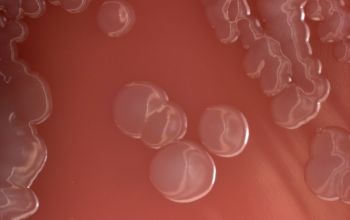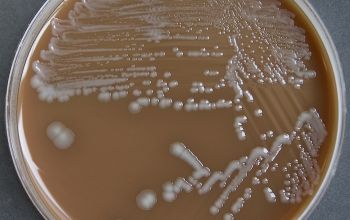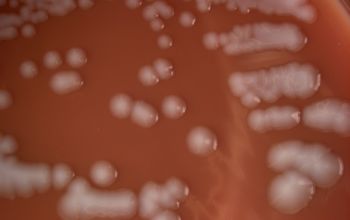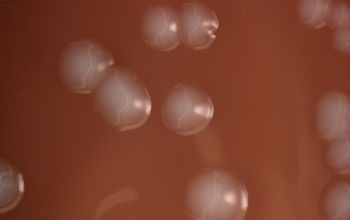Francisella philomiragia
-
General information
Is an intracellular bacteria, which includes mycobacteria, Listeria, Legionella, Brucella, Coxiella and Rickettsia
Taxonomy
Family: Francisellaceae
Natural habitat
They are widely distributed in the natural environment (salty water) and is of low virulence, although it may cause disease in immunocompromised individuals.
Clinical significance
Francisella philomiragia, is of low virulence and occasionallycauses disease in immunocompromised individuals.
They may cause pneumoniae or fever with or without organ manifestation, such as meningitis or peritonitis
Human infections caused by F. philomiragia are rare and considered opportunistic infections, infecting primarily patients with underlying immunocompromissing conditions.
-
Gram stain
They are facultative intracellular parasites of macrophages.
Faintly staining,
tiny gram negative coccoide rods, rarely chained,
with bizarre spherical forms on primary isolation
0.7 x 1.7
highly pleomorphic
-
Culture characteristics
-
Obligate aerobic
BA: after 48h, colonies are >4 mm, creamy, white-gray, smooth, and mucoid, with a purple-tintrd opalescent sheen,
-
-
Characteristics
-
References
James Versalovic et al.(2011) Manual of Clinical Microbiology 10th Edition
Karen C. Carrol et al (2019) Manual of Clinical Microbiology, 12th Edition
CDC

